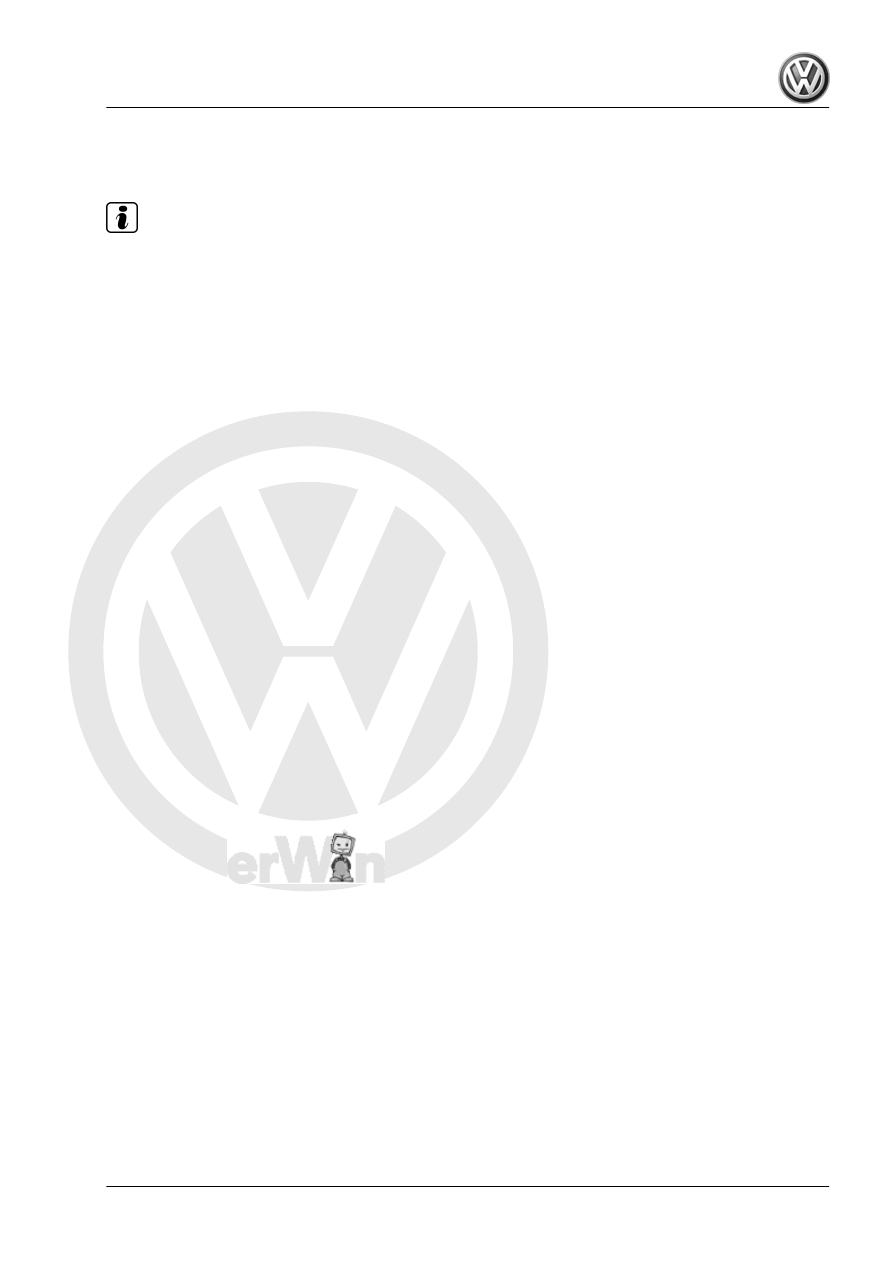Volkswagen Golf / Golf GTI / Golf Variant. Manual - part 760

Perform the following work:
Checking the Fuel Delivery Rate Inside the Engine Compartment,
Quick Test:
Note
The fuel delivery rate is first checked in the engine compartment
with the “Check fuel delivery rate, quick test” Guided Function.
Perform a second measurement on the fuel delivery unit flange if
the minimum delivery rate is not attained.
– Connect the Vehicle Diagnostic Tester .
– Start Guided Functions.
– Check the fuel delivery rate function and select the quick test.
– Follow the instructions displayed on the Vehicle Diagnostic
Tester .